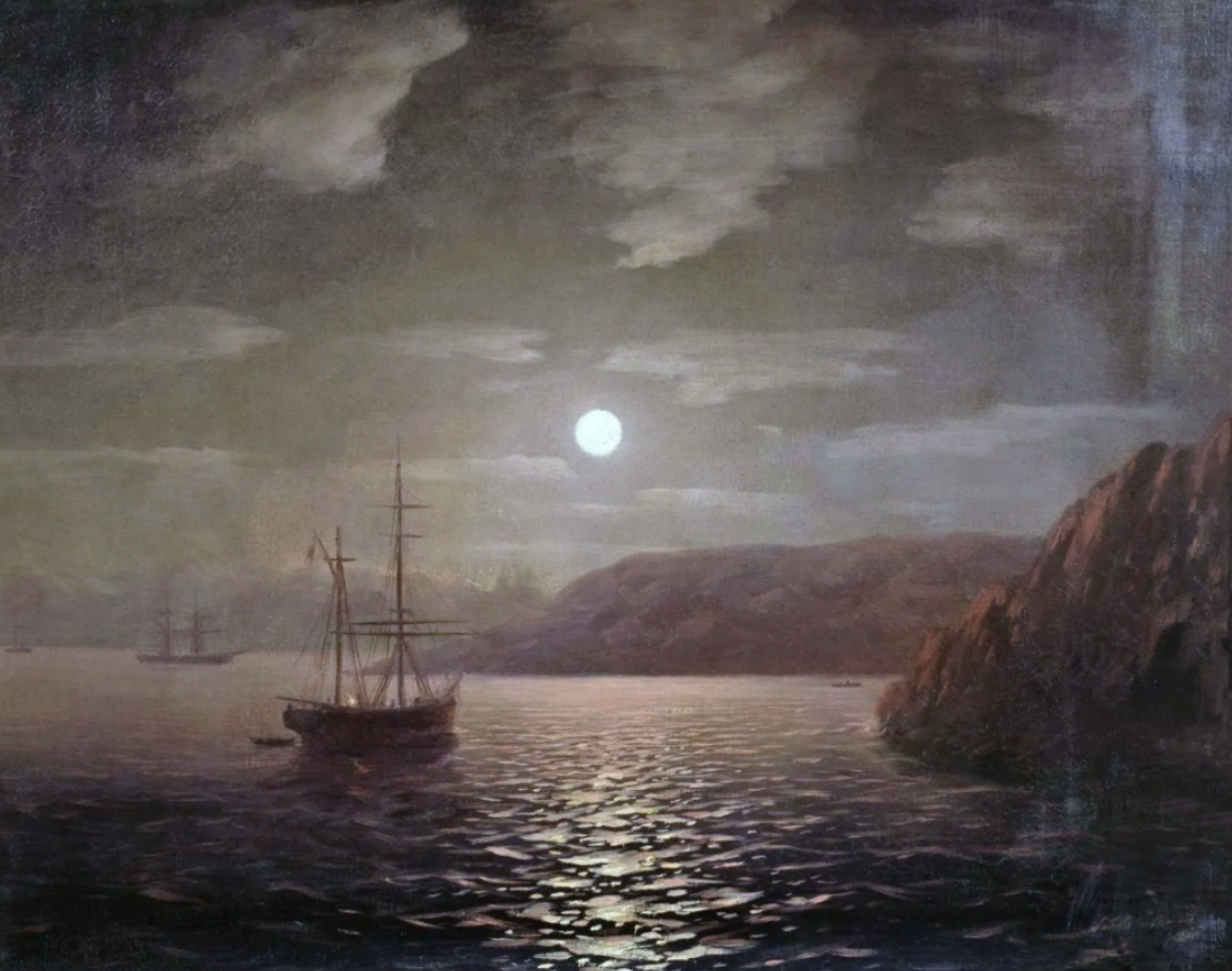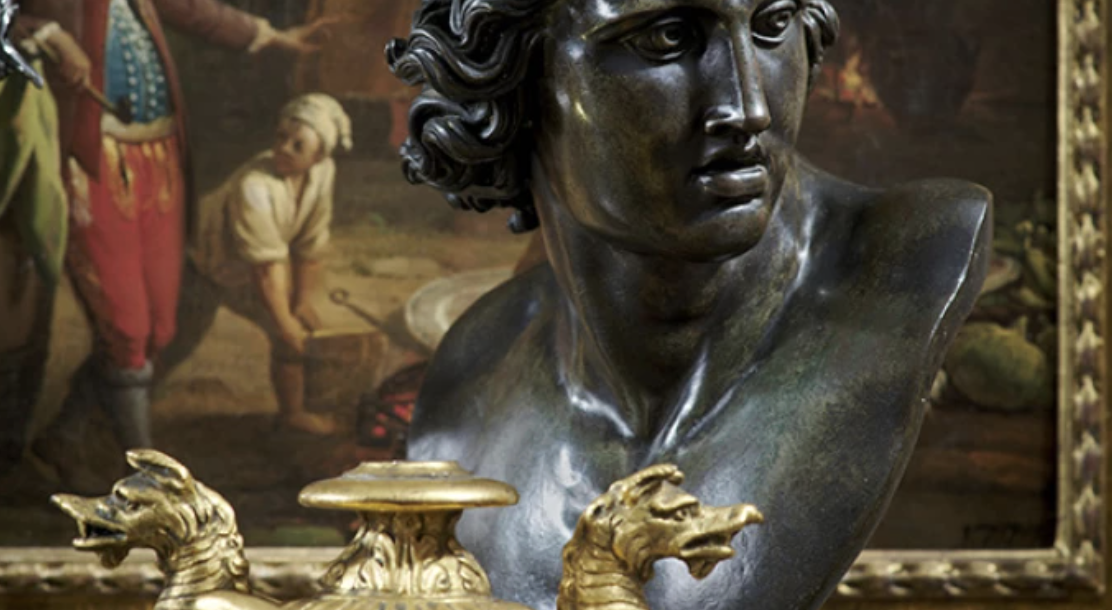Genevieve analyzes the mysterious composition of Ivan Aivazovsky’s "Lunar Night on the Black Sea" (1859) and its connections to Russia's shifting identity during the nineteenth century.
When most people think of Picasso, the first thing that comes to mind is one of the artist’s Proto-Cubist portraits: his surrealist works (Girl Before a Mirror, 1932, or Guernica, 1937) or, perhaps, Les Demoiselles d’Avignon. In a new exhibition at the Metropolitan Museum of Art, however, a collection of new works from Picasso’s Analytic Cubism period has been unveiled, wherein American art critic, dealer, and painter, Hamilton Easter Field, commissioned the Spanish artist to produce a collection of up to eleven works for his home in Brooklyn, New York.
Analytic Cubism, which lasted from 1908-1912, saw Picasso, his close friend Georges Braque, and other leading Cubists aim to depict forms in a fragmentary perspective on the canvas. In his essay, “The Rise of Cubism” (featured in Charles Harrison and Paul J. Wood’s Art in Theory: 1900—2000), Daniel-Henry Kahnweiler, the leading collector of Cubist art and a close friend to Picasso, described the goal of these Cubists works as seeking to “represent three dimensions and color on a flat surface, and to comprehend them in the unity of that surface. ‘Representation,’ however, and ‘comprehension’ in the strictest and highest sense. Not the simulation of form by chiaroscuro [the use of strong light and dark tones to create depth], but the depiction of the three dimensional through drawing on a flat surface.”
Having opened in late September, Picasso: A Cubist Commission in Brooklyn showcases the artist’s first attempt at rendering works in a variety of different sizes and formats specifically for Field’s Brooklyn home. Picasso and Field’s story began in Paris, 1909, when they were introduced by a mutual friend, leading to a formal request by the Brooklyn native for Picasso to create works that would be put up in Field’s library.
While Picasso was no stranger to being connected with other collectors and art critics, such as Gertrude Stein and the aforementioned Kahnweiler, by taking on such a large commission for a private collector, Picasso was entering uncharted territory. By choosing to take on the commission, specifically for a home in the center of one of the major metropolises of the twentieth century, Picasso directly tackled the concept of modernity and conveyed the condition of twentieth century industrialization through these commissioned works.
In Still Life on a Piano, completed in 1913, Picasso renders a grand piano not as our human eyes see the instrument, but as it existed in time and space, creating an image that glorifies the metaphysical forms that go beyond three-dimensionality. These works showed Picasso embracing depictions of vision not as stagnant pictorial mimicry, but instead as constant actions moving across the canvas, just as capitalist modernity was defined by motion, that of increasing access to goods (through trade and imperialism) and to a new way of life dominated by the size and density of twentieth century cities.

Picasso continuously went back to working on this commission throughout the 1910s, though the completed collection of works would unfortunately never be seen by Field, who passed away in 1922 at the age of forty-nine. The works on display include depictions of figures (mostly nudes), (people interacting with) furniture, and different instruments ranging from guitars to pianos.
If you have the opportunity to visit the Metropolitan Museum of Art be sure to visit Picasso’s Brooklyn commission before it leaves on January 14, 2024.
(Cover Image: ‘Picasso: A Cubist Commission in Brooklyn’ installation. Image by Anna-Marie Kellen, Metalocus and The Metropolitan Museum of Art)





